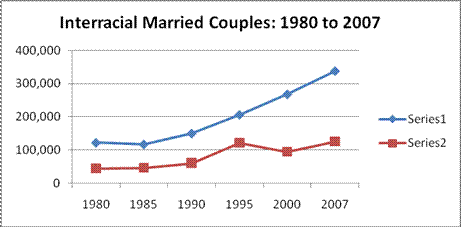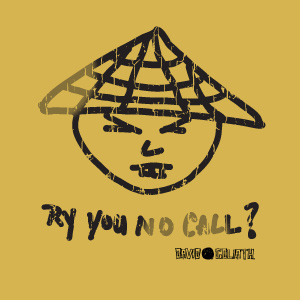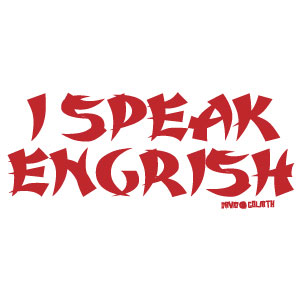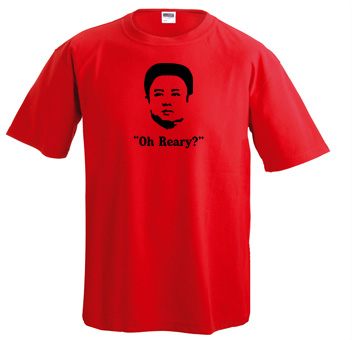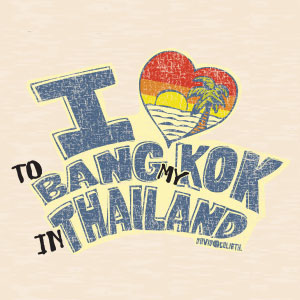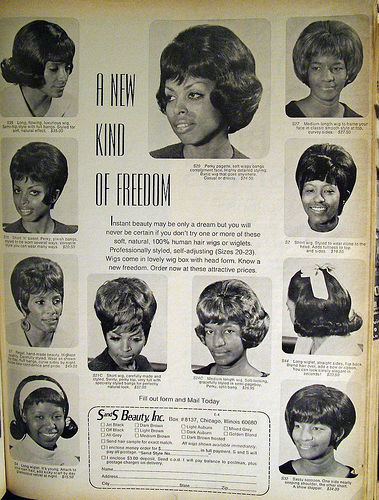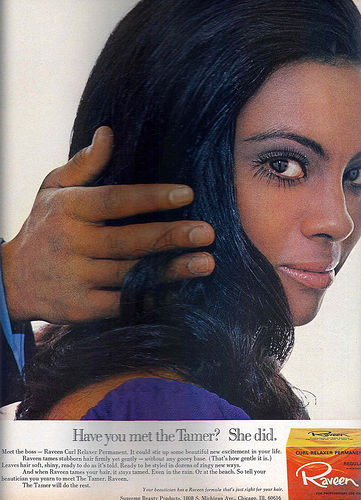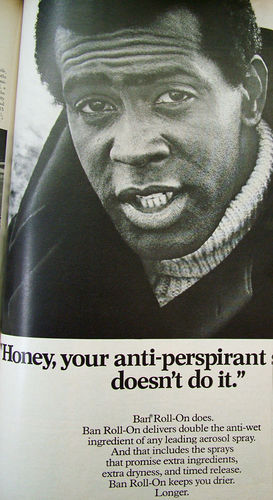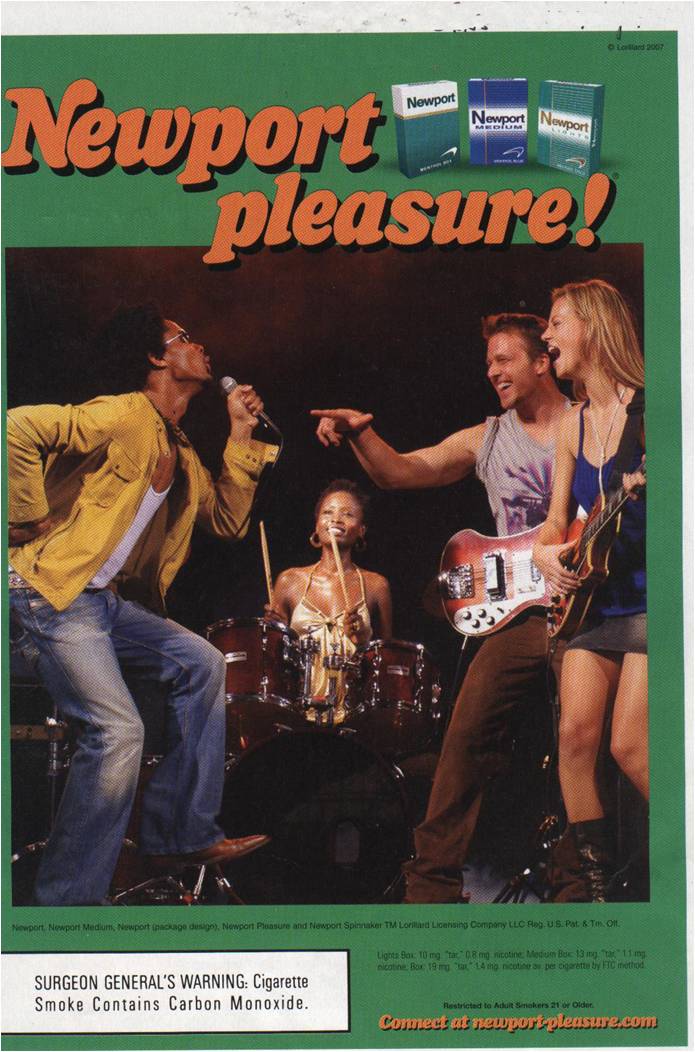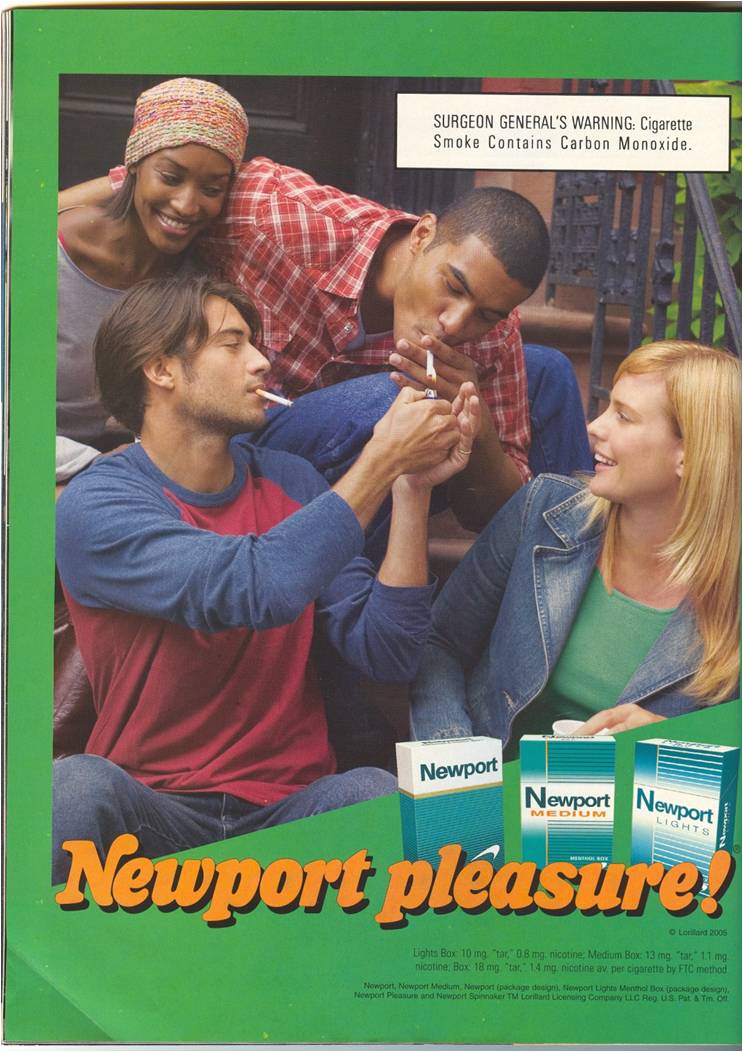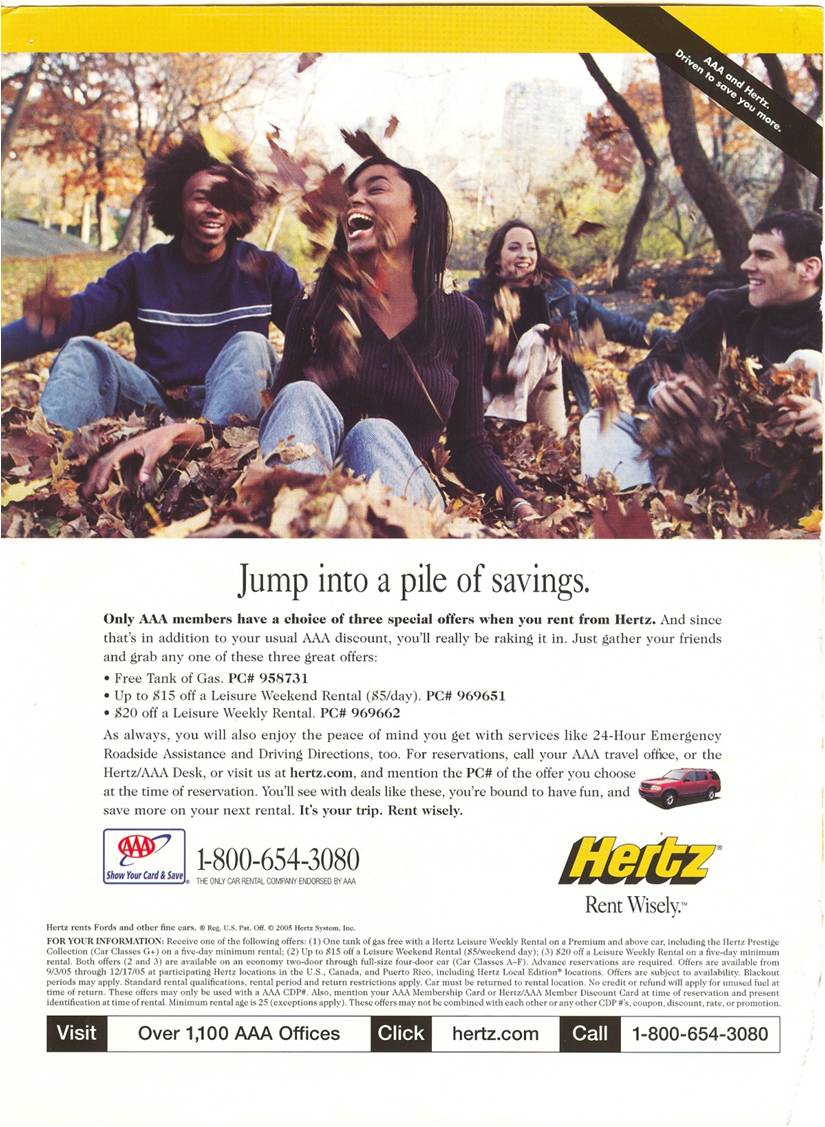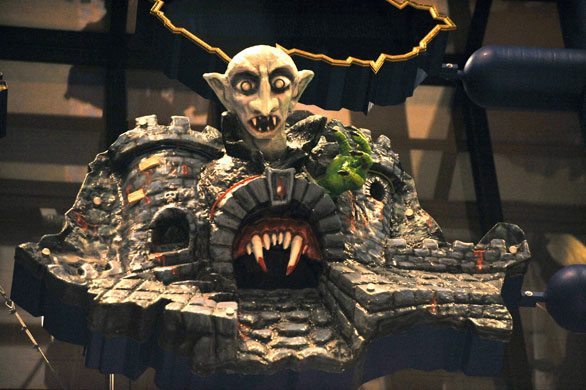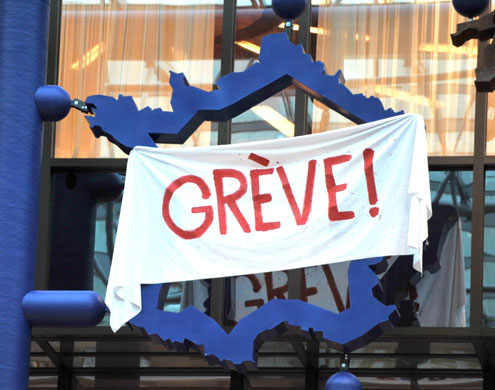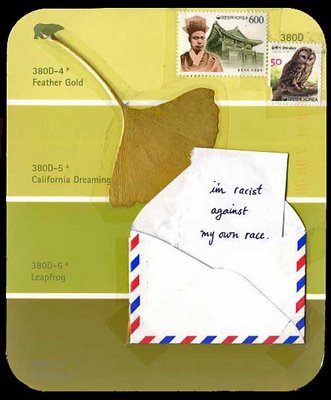In early American history, male circumcision was very uncommon. In the 1950s, however, about 90% of newborn boys were circumcised in the U.S. Today, the number is just over 50%.
The International Coalition for Genital Integrity has put together a slideshow that traces developments in research and argumentation about male circumcision alongside rising and falling rates of the practice in the U.S., the U.K., and the world from 1832 till today.
It’s interesting how rates of circumcision change drastically over time in the U.S., but stay relatively stable (low) in the U.K.
It is also neat to see some of the arguments about circumcision that were made over time. For example, the long-standing belief that circumcision cured sexual excess (like wet dreams and masturbation), the explicit support for circumcision on the basis that it reduced sexual sensitivity (and that was good), and the belief that circumcision could cure paralysis, bedwetting, crossed eyes, deafness, tuburculosis, cancer of the tongue, and more. Dovetailing with American racism, in 1894 an article argued that circumcising the “Negro” would reduce the rape of white women by black men.

